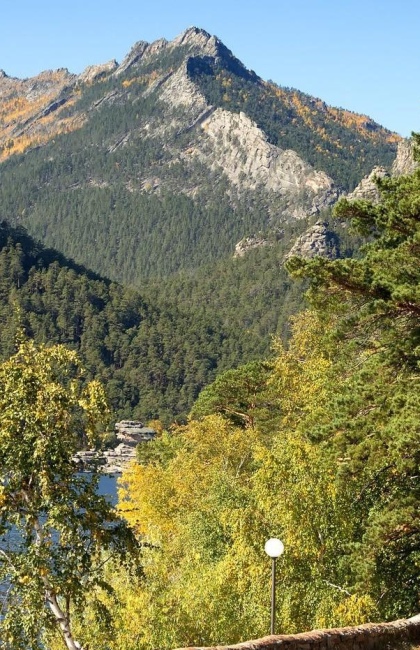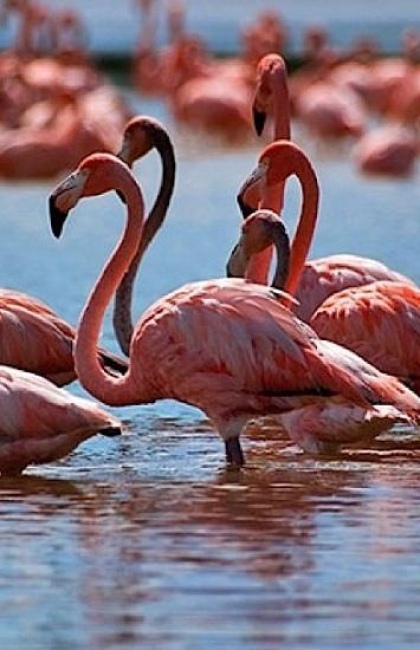Lake Kobeituz
Under the vast expanse of a blue sky, Kobeituz transforms into a mesmerizing shade of pink once every few years. This pink hue is the handiwork of Dunaliella salina, a species of algae thriving in its saline waters. Depending on the concentration of these microorganisms, the intensity of the pink hue varies. Remarkably, the same algae paint the world-famous pink lakes of Australia and Canada.
Kobeituz is a round-shaped lake, measuring 3.5 kilometers (2.2 mi) in length and 3 kilometers (1.9 mi) in width. it doesn't have a river or stream flowing into or out of it. Instead, it relies on rain and groundwater to maintain its water level. Its name, derived from the Kazakh language, translates to "a lot of salt," a fitting descriptor of its saline waters. From November to April, the lake freezes over. In the summer, during severe droughts, Kobeituz occasionally dries up.
The Price of Popularity
In 2020, Kobeituz experienced an unprecedented surge in popularity, attracting visitors not just from Kazakhstan but also from abroad. Initially, people flocked to capture the lake's breathtaking beauty in photographs. However, the influx of visitors escalated rapidly. Within a matter of weeks, the once-pristine lakefront turned into a bustling photography platform, losing its original charm to litter and debris. Regrettably, cars were being driven into the lake for audacious photo opportunities. The motivations behind such actions – whether a desire to flaunt or sheer recklessness – remain unclear. Nonetheless, the lake's shoreline bore the scars of these actions.
This influx of visitors did not go unnoticed, especially considering that the summer of 2020 coincided with a nationwide quarantine. News reports about the behavior of Kobeituz visitors became a daily fixture in the media. Local authorities attempted to address the situation, but as it escalated, the issue climbed to higher levels of government attention.

"Healing" Salt
The climax of the Kobeituz saga was the unfounded belief that the lake's pink salt possessed healing properties, including the ability to cure the coronavirus. Some people even started scooping up salt from the lake’s bottom and selling it on social media for 5,000 tenge per kilogram. These actions caused black holes to appear on the bottom, making the lake’s water no longer pink. However, it should be noted that the salt from Lake Kobeituz holds no medicinal value, and its removal is strictly prohibited.
Given the deteriorating state of the lake, authorities temporarily barred access to visitors. With time, Kobeituz began to recover, and local authorities now exercise stricter control over those who seek to visit.
Lastly, swimming in the lake isn't recommended. Environmentalists have detected high levels of ammonia nitrogen, chlorides, and arsenic in the water, which can cause inflammatory skin conditions and various allergic reactions.
How to get there?
Lake Kobeituz is situated to the east of Astana, approximately 180 km (112 mi) away. You can reach it by taking a taxi or using your own vehicle. To get there, follow the Pavlodar highway. When you reach the Korzhinkol station, make a right turn, and continue your journey along a field road for roughly 20 km (12 mi).
Other tourist attractions near Lake Kobeituz:
- Buiratau National Park
- Olenty Petroglyph Site
- Ereymentau Mountains
- The Town of Ereymentau



